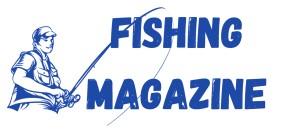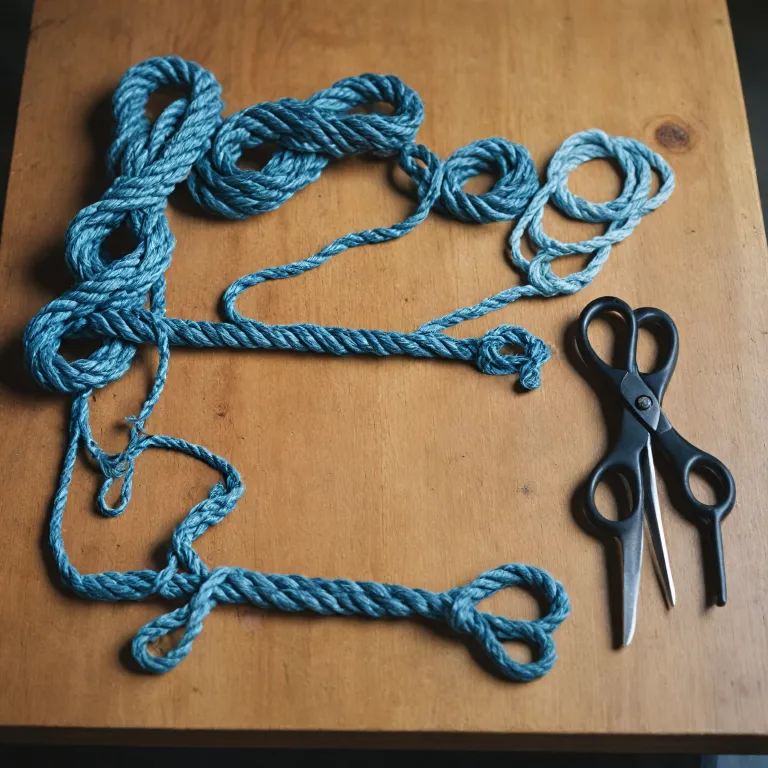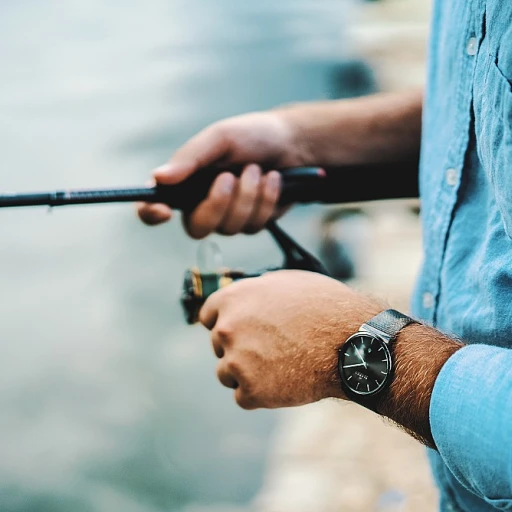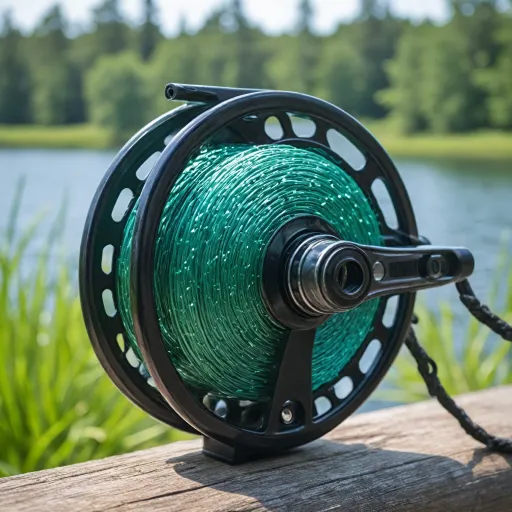
Understanding the Importance of Knot Tying in Fishing
The Backbone of Successful Fishing Expeditions
In the realm of fishing, knot tying is not just a basic skill, but an essential component that can make or break your fishing experience. Mastering the art of tying knots ensures the security and effectiveness of your line, ultimately influencing your success on the water. Whether you are a seasoned angler or a beginner trying to learn the ropes, understanding the importance of knot tying cannot be overstated.
Daily fly fishing adventures and regular fishing trips alike demand reliability from your equipment, and your knots play a pivotal role. Poorly tied knots can result in lost catches, snapped lines, and ultimately a missed opportunity to reel in that prized catch. It’s not just about knowing how to tie; using the right tool to facilitate this process can save you valuable time and frustration.
Choosing the right knot tying tool from the myriad fishing products available for sale is crucial. When you invest wisely, considering price, warranty, and reviews, you ensure your gear is reliable. Buying from a shop that offers a good policy on featured products can make a difference. As you delve deeper into the art of tying, having a zinger to keep your knots at the ready can be an invaluable addition.
Additionally, avoiding common misconceptions and mistakes when using these tools will make your angling adventures more rewarding. Maintaining and caring for your knot tying tools is as important as choosing the right ones. These efforts ensure that your equipment remains in top shape, ready for your next expedition, continually enhancing your fishing endeavors. To further enhance your fishing proficiency, consider incorporating essential swivels and snaps into your tackle box, providing you with additional versatility and efficiency in your fishing techniques.
Types of Knot Tying Tools Available
Exploring Knot Tying Tools for Every Angler
When it comes to fishing, having the right knot tying tools can make all the difference. Whether you're a seasoned fly fishing enthusiast or a weekend angler, these tools can help you tie knots efficiently and securely. Let's dive into the various types of knot tying tools available in the market.
- Zingers and Retractors: These handy tools keep your knot tying tools within reach. They attach to your vest or belt, ensuring you never lose your tying tool in the water. Regular use of zingers can save you time and effort.
- Knot Tying Tools: These are specifically designed to help you tie fishing knots with ease. They come in various designs, each catering to different types of knots. Some popular options include the nail knot tool and the hook tying tool.
- Multi-Tools: For those who prefer versatility, multi-tools offer a range of functions beyond knot tying. They often include features like line cutters and hook removers, making them a valuable addition to your fishing gear.
- Fly Tying Tools: If you're into fly fishing, specialized fly tying tools are essential. These tools help you create intricate flies, enhancing your fishing experience.
When shopping for these products, consider factors like price, warranty, and reviews. It's also wise to check the shop's return policy in case the tool doesn't meet your expectations. For those interested in exploring more about fishing gear, you might find the best of Columbia PFG fishing gear insightful.
Remember, the right tool can enhance your fishing experience by making the knot tying process smoother and more efficient. As you learn to tie knots with these tools, you'll find yourself spending more time enjoying the water and less time struggling with your gear.
How to Choose the Right Knot Tying Tool
Selecting the Perfect Knot Tying Tool for Your Needs
Choosing the right knot tying tool can significantly enhance your fishing experience, especially when it comes to efficiency and accuracy. With a variety of fishing products available, it's crucial to know what to look for when shopping for these tools. Consider the following factors:
- Type of Fishing: Different tools are designed for specific fishing styles. Fly fishing, for example, often requires specialized tools that can handle the delicate nature of tying smaller, intricate fly knots.
- Ease of Use: For beginners, tools with simple designs and intuitive features can reduce the learning curve. Consider tools that come with instructional guides or those featured in user-friendly reviews.
- Durability and Quality: A good knot tying tool should withstand regular use. Check for sturdy materials and a reliable warranty policy to ensure long-term usability. Reading reviews from other fishermen can provide insights into the tool's lifespan and performance.
- Price: While budget-friendly options are available, investing in a higher-quality tool may save you time and frustration in the long run. Look for products that offer a good balance between cost and quality, perhaps during a sale.
- Additional Features: Some tools come with extras like a built-in line cutter or a zinger attachment for convenience. These features, though might be free, can add significant value depending on your regular fishing needs.
Selecting the right tool depends on your personal preferences and fishing habits. By understanding your specific requirements and doing some research, you can find the knot tying tool that simplifies your fishing knots practice, allowing you to spend more time enjoying the water. For an even better fishing experience, consider effective strategies with bait strips.
Step-by-Step Guide to Using Knot Tying Tools
Mastering Your Knot Tying Tool Use
Bringing the art of knot tying into your regular fishing routine can seem daunting at first, but with dedicated practice and the right tools, it becomes an indispensable skill. Understanding how to effectively use knot tying tools is essential for efficient fishing. Below is a step-by-step guide to mastering this:- Choose Your Tool: Begin by identifying a knot tying tool that aligns with your fishing style, whether it's fly fishing or traditional. Regular price vs sale prices can influence your decision, so look for reviews and consider the product's warranty and return policy.
- Familiarize Yourself: Before heading out to the water, spend some free time learning the ins and outs of your chosen tool. Many tools come with instructional materials or online tutorials, helping you learn how to tie knots more efficiently.
- Master One Knot at a Time: Start with basic knots that are frequently used in fishing. Gradually, you can advance to more complex knots. Consistently practicing each tying technique will make the process feel less like tying knots and more like tying connections.
- Practice Regularly: Much like fishing itself, mastering the use of a knot tying tool requires regular practice. Aim to dedicate specific days where knot tying is a primary focus of your practice routine.
- Adapt and Innovate: Fishing conditions often change. Be open to adjusting and learning new ways to utilize your tools. Products often have featured uses that go beyond basic tying; explore these to maximize your experience.
- Use a Zinger: For easier access, a zinger in your shop of fishing products can keep your tool handy, saving you precious time on the water.
Common Mistakes to Avoid When Using Knot Tying Tools
Practical Tips to Avoid Common Knot Tying Mistakes
Even the most experienced anglers can stumble when faced with complex fishing knots, leading to frustration and lost catch. Here are some practical tips to help you master the art of tying knots and avoid common pitfalls:
- Rushing the process: Taking your time is essential to ensure you tie knots correctly. Fish patiently and avoid hurried actions that might compromise the strength or security of the knot.
- Improper technique: Learning the correct technique for each specific knot is crucial. Spend time reviewing trusted resources or featured tutorials to ensure you're tying knots correctly.
- Lack of regular practice: Like any skill, tying knots requires regular practice. Set aside some time to practice new techniques, whether at your local shop during a fishing sale event or in your backyard.
- Using the wrong tool: Ensure that you are using the best tying tools suited for the type and complexity of knots you're working with. Using an inappropriate tool can make the process more difficult and frustrating.
By being mindful of these common mistakes, you can ensure that each fishing trip is a successful and rewarding experience. Remember, consistent practice and the right tools are key to improving your knot tying skills. Don't let frustration tie you in knots; master each tie with confidence!
Maintenance and Care for Your Knot Tying Tools
Ensuring Longevity with Proper Care
Taking care of your knot tying tools is essential for keeping them in top condition and ensuring that they perform optimally over time. Regular maintenance not only extends the life of your tools but also enhances your fishing experience by enabling you to tie knots with ease and precision.- Cleaning: After each fishing trip, make it a habit to clean your knot tying tools. Use a damp cloth to wipe away any dirt or salt residues, especially if you've been fly fishing in saltwater. This prevents corrosion and ensures the tools work smoothly.
- Drying: Ensure your tools are completely dry before storage. Moisture can lead to rust, which affects both the look and function of your tools. Use a zinger or similar tool to organize your gear and promote airflow.
- Lubrication: For tools with moving parts, like certain tying tools, a drop of oil will keep them functioning properly. Consult the product manual or reviews to confirm the best lubricant for your specific tool model.
- Storage: Store in a dry, cool place. Avoid tossing them into the bottom of your tackle box, where they can be damaged or lost. A designated pouch or organizer helps in maintaining their condition and saves time when setting up.
- Check Your Warranty: Before sale or after a purchase, check the warranty and the shop's policy. Many products come with a warranty that covers certain repairs. Knowing your warranty can save on potential costs if your tool requires fixing.
- Regular Inspection: Periodically inspect your tools for wear and damage. Learning to spot early signs of wear can prevent mishaps and ensure your tying creations remain reliable.



-large-teaser.webp)









